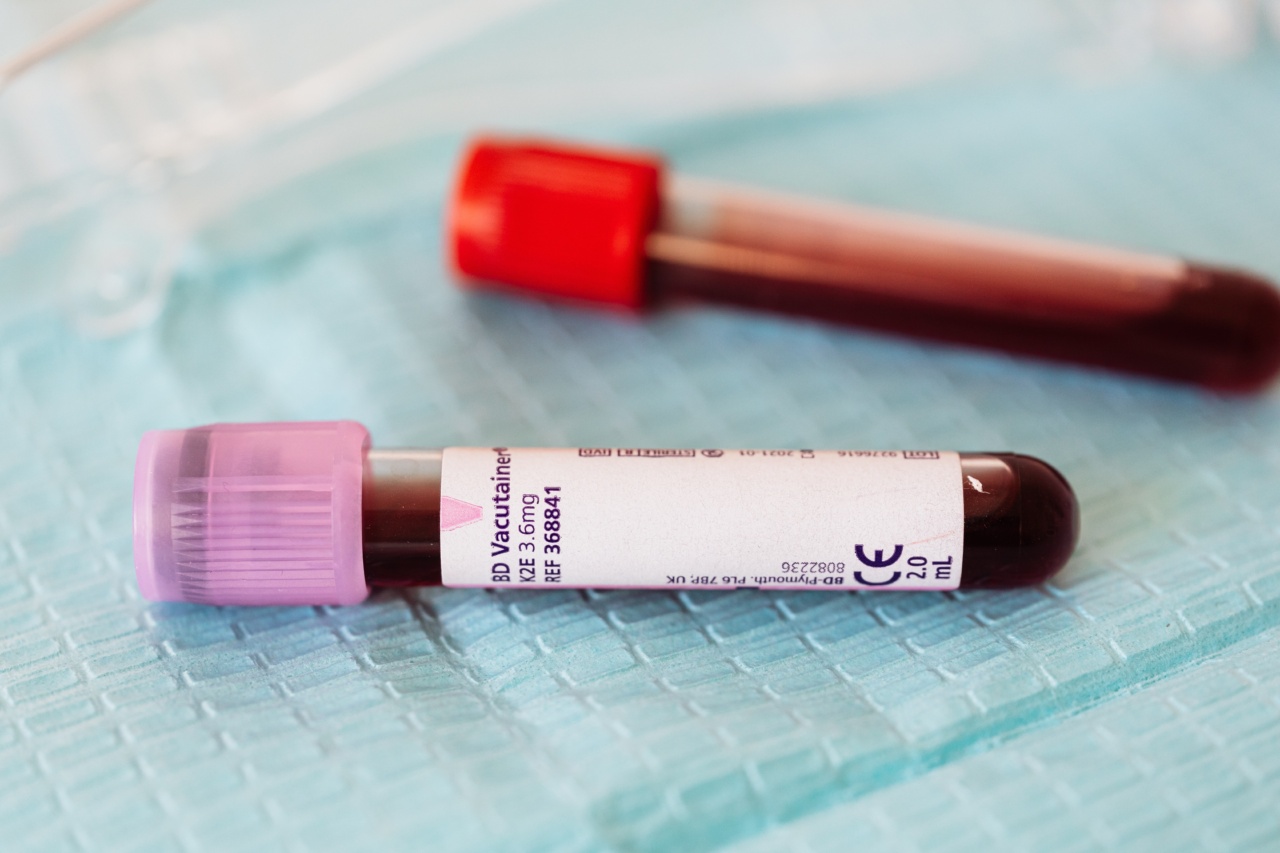Prostate cancer is one of the most common types of cancer that affects men worldwide. It is estimated that over 191,000 new cases of prostate cancer will be diagnosed in the United States alone in 2022.
While most cases of prostate cancer are slow-growing and non-aggressive, a small subset of tumors can be highly aggressive and significantly impact a patient’s prognosis. Early and accurate diagnosis of aggressive prostate cancer is crucial for determining appropriate treatment strategies and improving patient outcomes.
Current Challenges in Diagnosing Aggressive Prostate Cancer
The current standard for diagnosing prostate cancer involves a prostate-specific antigen (PSA) blood test and a prostate biopsy.
While PSA testing has been widely used for several decades, it has limitations in accurately differentiating between indolent and aggressive forms of the disease. Elevated PSA levels can be caused by various factors, including benign prostatic hyperplasia and inflammation, leading to false positives and unnecessary biopsies.
Prostate biopsy, on the other hand, is an invasive procedure that carries the risk of complications such as infection and bleeding. Moreover, the biopsy sample may miss the aggressive tumor if it is located in a different area of the prostate gland.
This can result in a delayed diagnosis and potentially more advanced disease at the time of detection.
The Promise of Liquid Biopsy
Advancements in molecular biology and genetic testing have paved the way for a more effective blood test for diagnosing aggressive prostate cancer.
Liquid biopsy, a non-invasive method, involves the analysis of circulating tumor cells (CTCs) and cell-free DNA (cfDNA) in the bloodstream. This approach provides valuable information about the genetic alterations and biomarkers associated with aggressive prostate cancer.
Identification of Novel Biomarkers
Researchers have identified several promising biomarkers that can aid in the diagnosis of aggressive prostate cancer. One such biomarker is the androgen receptor splice variant 7 (AR-V7).
AR-V7 has been found to be associated with resistance to hormonal therapies, making it particularly relevant for treatment decision-making. Detection of AR-V7 in liquid biopsies can help identify patients who are likely to respond poorly to standard treatments and may benefit from alternative therapeutic approaches.
Another biomarker that shows promise is the TMPRSS2-ERG gene fusion. This gene fusion occurs in approximately 50% of prostate cancer cases and is associated with aggressive disease.
Liquid biopsy-based detection of TMPRSS2-ERG can aid in the early identification of aggressive prostate cancer and guide treatment decisions.
Genomic Profiling and Next-Generation Sequencing
Next-generation sequencing (NGS) techniques have revolutionized cancer research and diagnostics.
These powerful technologies enable the simultaneous analysis of multiple genes and genetic alterations, providing a comprehensive overview of the genomic landscape of tumors. Liquid biopsies coupled with NGS can identify mutations, copy number variations, and other genomic alterations specific to aggressive prostate cancer.
An example of NGS-based liquid biopsy technology is the FoundationOne Liquid CDx. This test is capable of detecting genetic alterations in multiple genes implicated in prostate cancer, including BRCA1, BRCA2, and PTEN.
These genes have been associated with aggressive forms of the disease and can help guide treatment decisions.
The Role of Artificial Intelligence
Artificial intelligence (AI) algorithms have shown tremendous potential in improving the accuracy and efficiency of cancer diagnostics.
Machine learning models trained on large datasets can analyze liquid biopsy results and identify patterns and biomarkers indicative of aggressive prostate cancer. These AI-driven approaches can not only assist in early detection but also predict treatment response and disease progression.
Clinical Validation and Implementation
As with any diagnostic test, extensive clinical validation is necessary before the widespread adoption of a more effective blood test for diagnosing aggressive prostate cancer.
Large-scale studies involving diverse patient populations are essential to determine the sensitivity, specificity, and predictive value of liquid biopsy-based tests. Additionally, cost-effectiveness analyses and regulatory approvals are necessary for the integration of these tests into routine clinical practice.
Potential Impact on Prostate Cancer Management
The development of a more effective blood test for diagnosing aggressive prostate cancer has the potential to revolutionize the management of this disease.
Accurate identification of patients with aggressive tumors can aid in the selection of targeted therapies, ensuring timely and appropriate treatment. Additionally, this test can help reduce unnecessary biopsies, sparing patients from potential complications and healthcare costs.
Furthermore, early detection of aggressive prostate cancer can enable the implementation of surveillance strategies, allowing for closer monitoring of patients at higher risk of disease progression.
This proactive approach may result in earlier intervention and improved outcomes.
Conclusion
The field of prostate cancer diagnostics is advancing rapidly, and the integration of liquid biopsy-based tests holds significant promise for the accurate and early detection of aggressive prostate cancer.
The identification of novel biomarkers, coupled with next-generation sequencing and artificial intelligence, can provide a more comprehensive understanding of the disease’s genomic landscape. Widespread adoption of these tests can empower clinicians with valuable information to guide treatment decisions and ultimately improve patient outcomes.





























